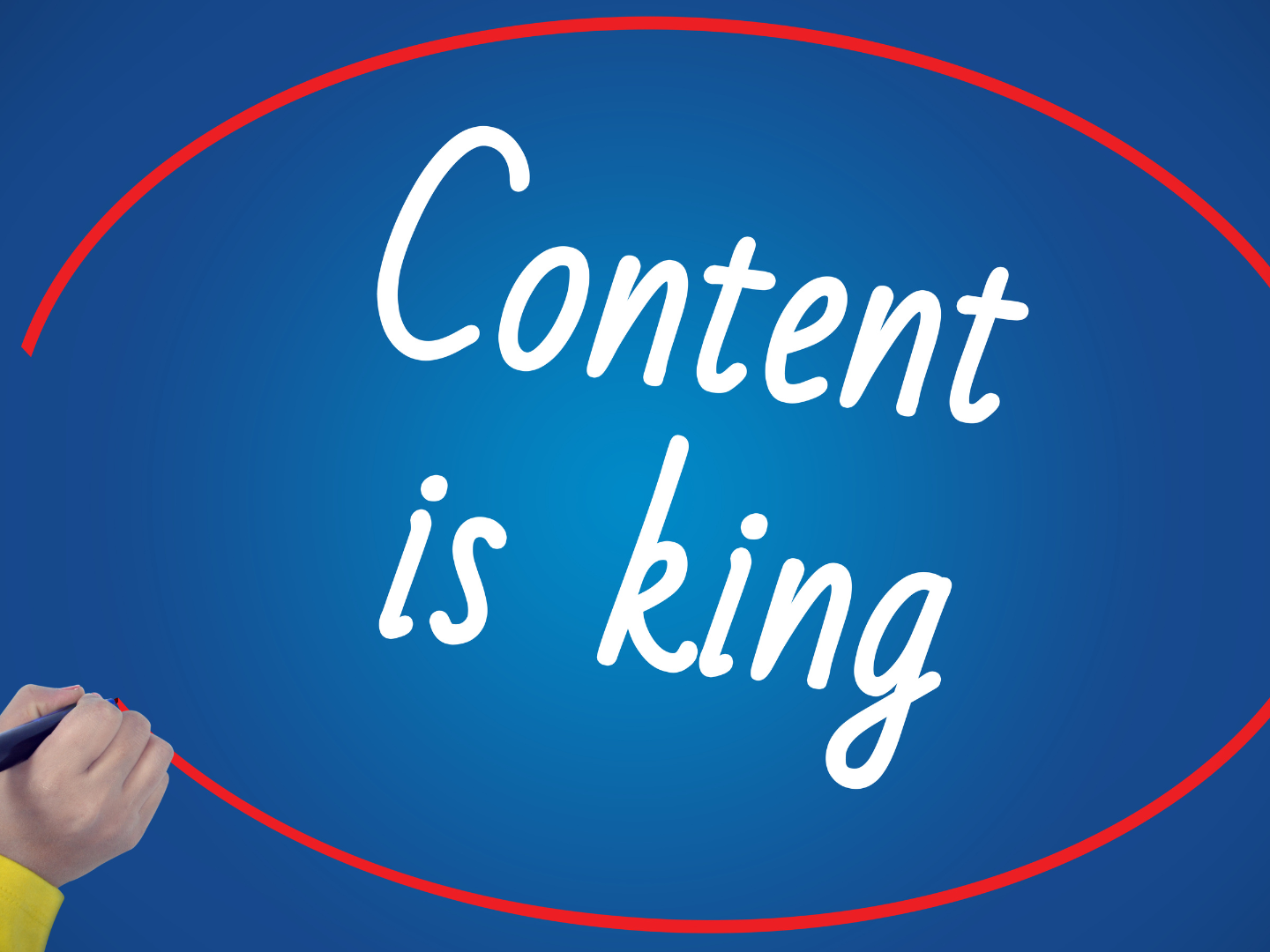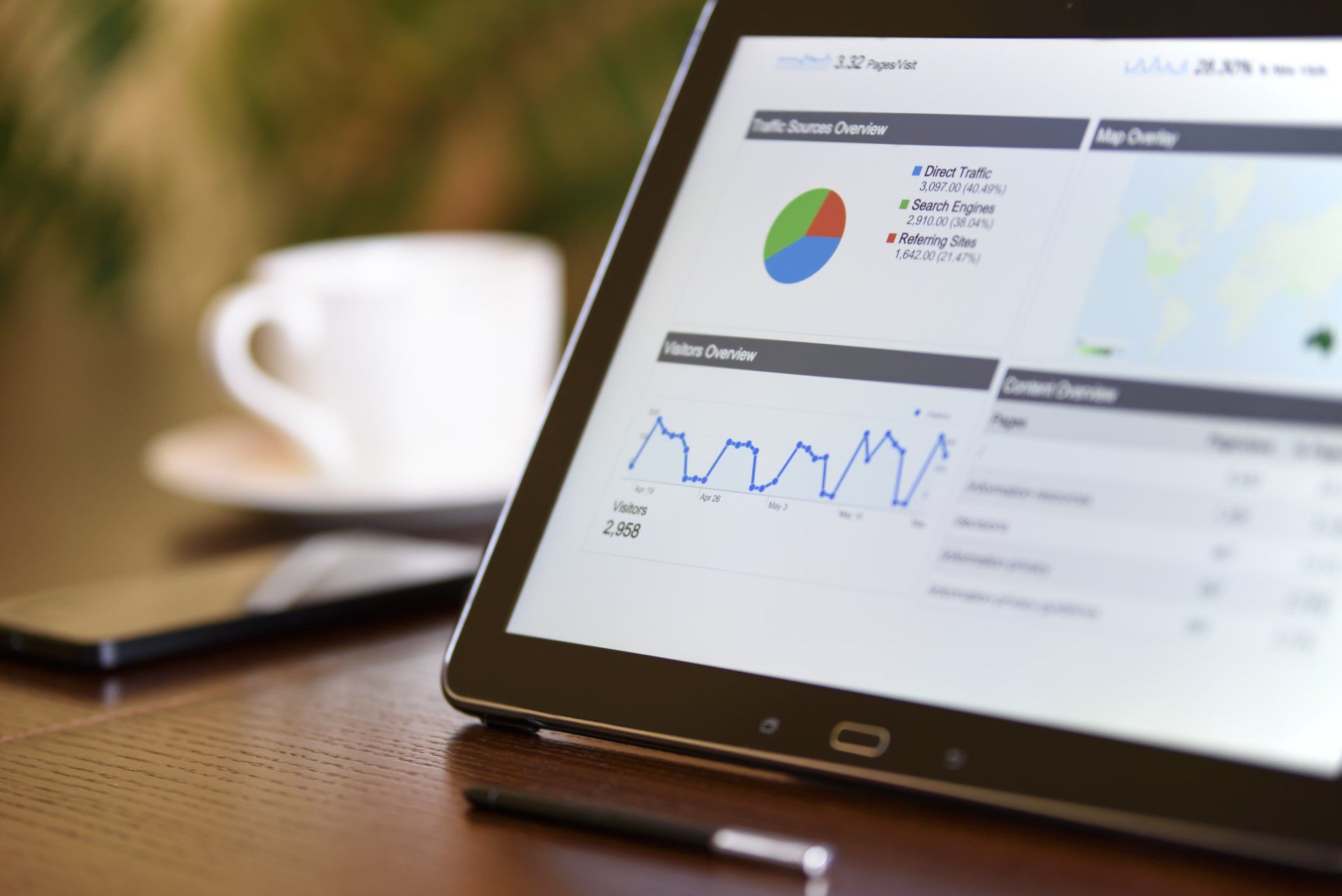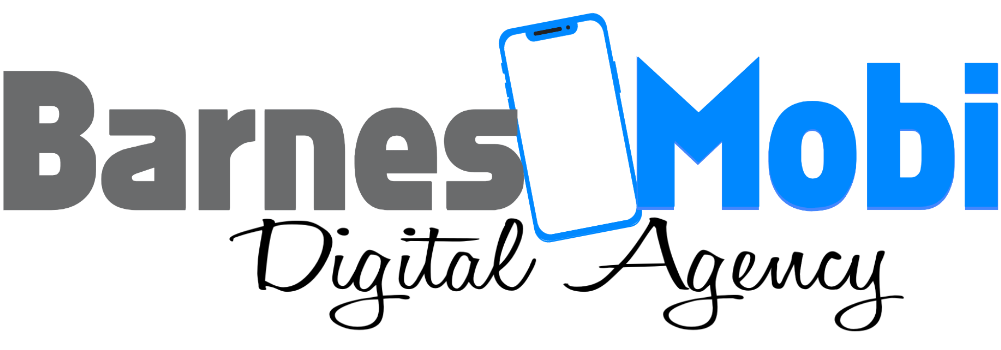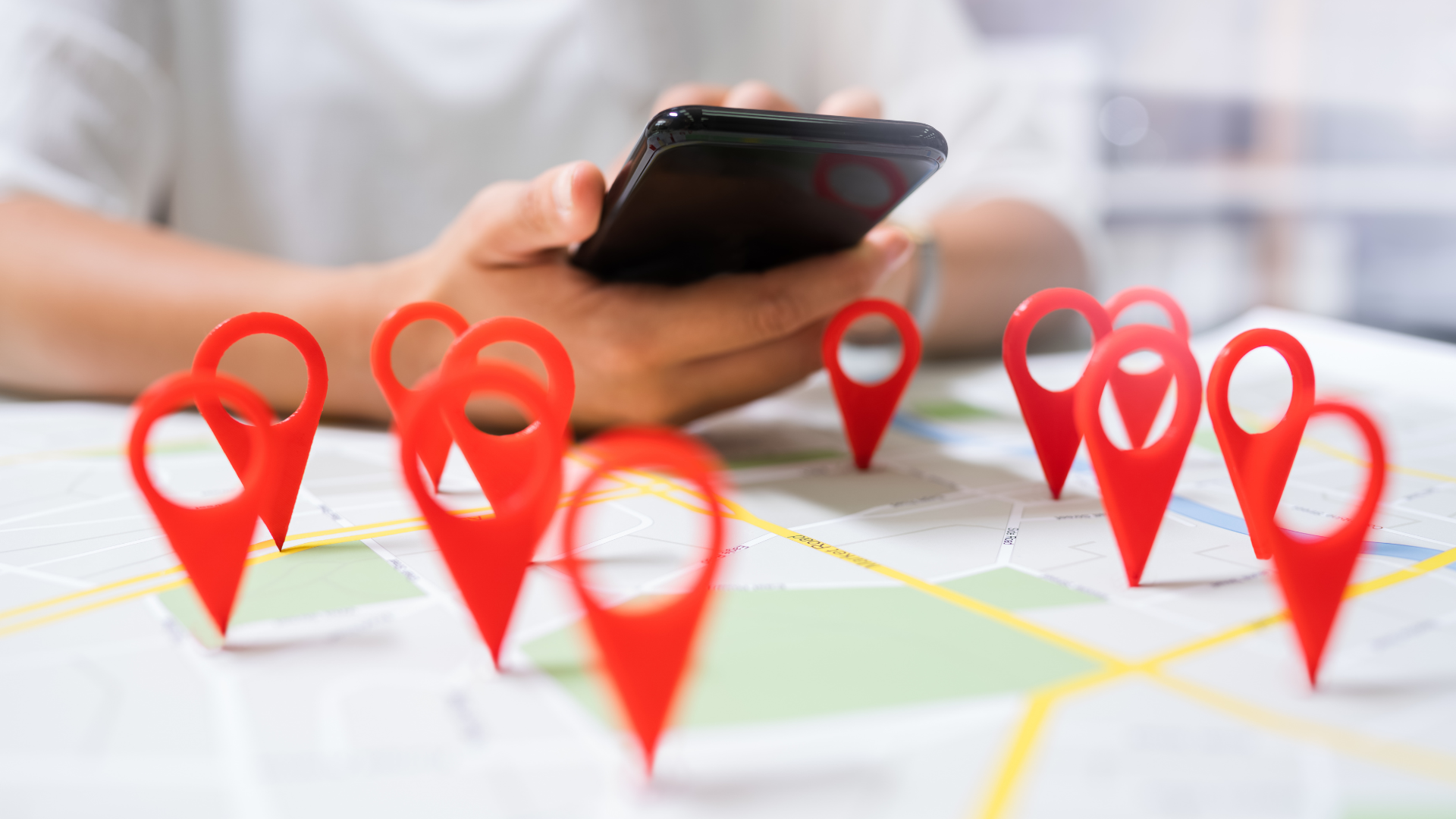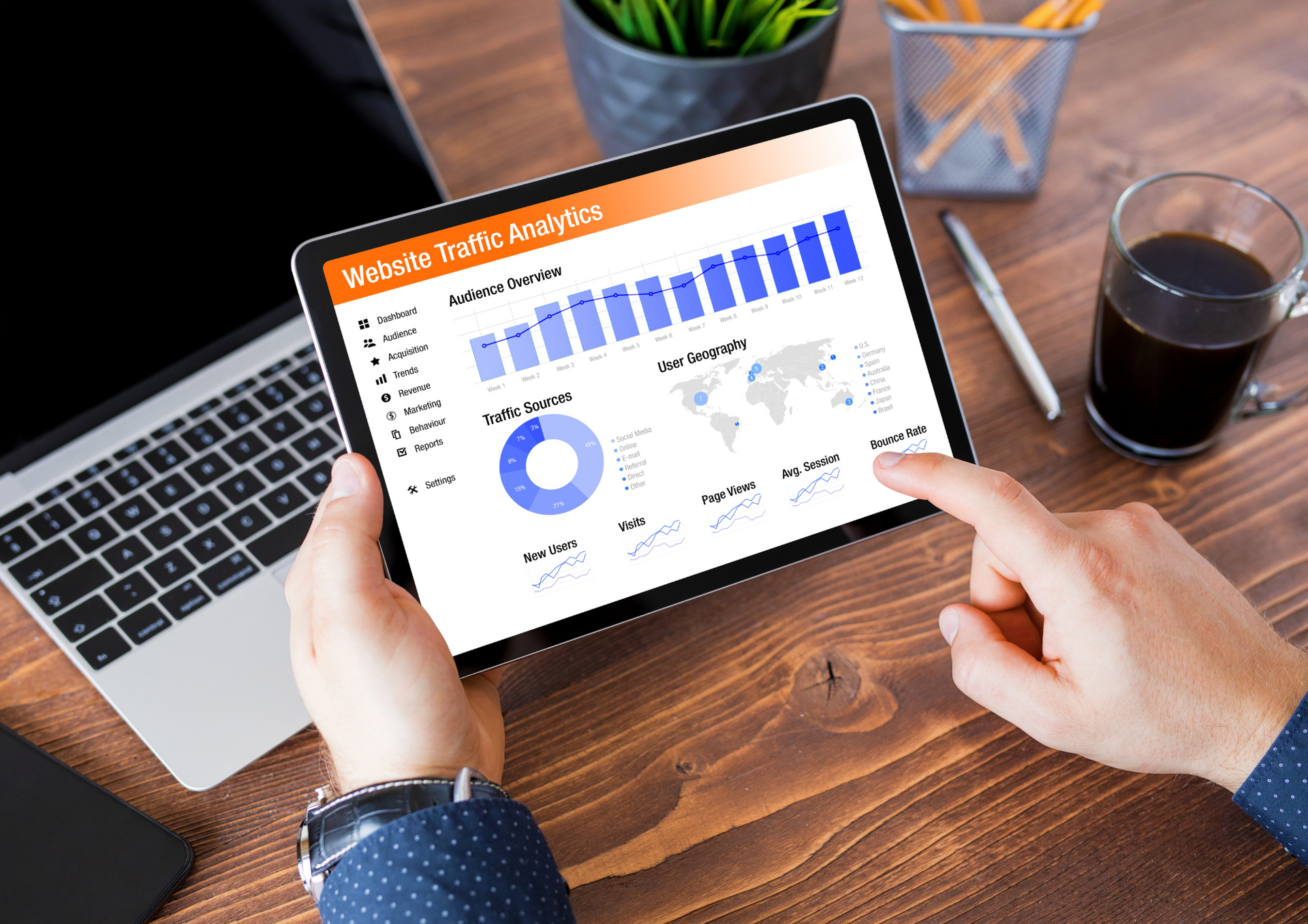HOW TO IMPROVE THE GOOGLE RANKING OF YOUR WEBSITE
Google has become a vital tool for businesses and individuals alike. With more than 2 billion searches per day, Google is responsible for 70% of all internet traffic.
If you already have a website, the next step is to make sure it's optimized for search engines like Google so that you can get found online by potential customers who are searching for what you offer.
A good website that ranks high on Google can make a huge difference to your business.
This means that if your website isn’t ranking well on Google, it could be costing you sales and business opportunities.
TALKING POINTS
you must Target The Right Keywords
use Engaging Titles
VALUABLE LINKS RANK HIGHER ON GOOGLE
have a Google Business Profile
Add relevant photos
use Meta Descriptions
make your site Optimized for Mobile
make your site Optimized for Speed
practice On-Page Optimization
start a blog post
add Social Sharing Buttons
promote Content Readability
TALKING POINTS EXPLAINED:

YOU MUST TARGET THE RIGHT KEYWORDS
If you want to improve your website’s Google ranking, then you must target the right keywords. What exactly are keywords? Well, they are the words that people use to search for things online.
They include search terms like “web design Suffolk” or “best web designer in Norfolk UK” and they help people find what they need on the internet.
Keyword research is analyzing users' search patterns to determine which terms are most likely to convert into customers.
A good example of this would be if you were a plumber, you'd want to know that "plumbing services" is a term that people are searching for online when they're looking for plumbers.
That's a good first step, but you need to get even more specific.
You can do this by looking at the long tail keywords that Google shows in its auto-complete feature—these are the terms that people are typing into their search engines to find what they're looking for.
If you see something like "plumbing services in my area," you know that this is a phrase people have used before and will continue to use in the future!
Before we get into what keywords we should target, let's run through some basics about keyword research so we can confidently start planning our campaign.
The main thing to understand is that there are two kinds of keywords: High-volume and low-volume. A high-volume keyword is one that a lot of people search for, while a low-volume keyword is one that fewer people search for. High-volume keywords are more competitive because many people are trying to rank on them.
When planning your campaign, it can be tempting to just go after the high-volume keywords because they will bring in more traffic.
However, there are two reasons why this approach isn’t ideal:
- High-volume keywords are harder to rank for. This means that you will likely have a more difficult time ranking on them, which can be costly.
- Low-volume keywords are usually more specific and thus more valuable. When people search for a particular keyword, they often have a precise idea in mind of what they want to see (e.g., “how to find local churches near me” - “where to buy a washing machine in Monterey county” - “best restaurants in my area for kids birthday party”.)
This makes the keywords more specific and thus more valuable. It also means that people are more likely to convert to your website because they have a clear idea of what they want to see when they land there.

USE ENGAGING TITLEs
The title of your content is the most important aspect of its optimization. It’s what will be displayed on search engine results pages, so you want to make sure that it contains all of the relevant keywords and is as descriptive as possible.
When writing your content, try to keep your titles under 60 characters (including spaces). This will ensure that they are displayed properly in SERPs.
Engaging titles are a great way to improve your Google ranking.
- Write the title for each article in your blog and make sure that it’s unique.
- It's a good idea to use a question as your title's first word (e.g., "what," "who," "how," "why").
- Or use a number as the title's first word (e.g., "7 tips," or "5 reasons").
- Make sure that your titles are not too long and not too short, as both situations can affect how Google ranks them on search results pages with other websites with similar content but more engaging titles.
- Additionally, avoid using technical language in your titles; instead, work on writing something more relatable and conversational when it comes time for you to create catchy headlines that people will want to click on!
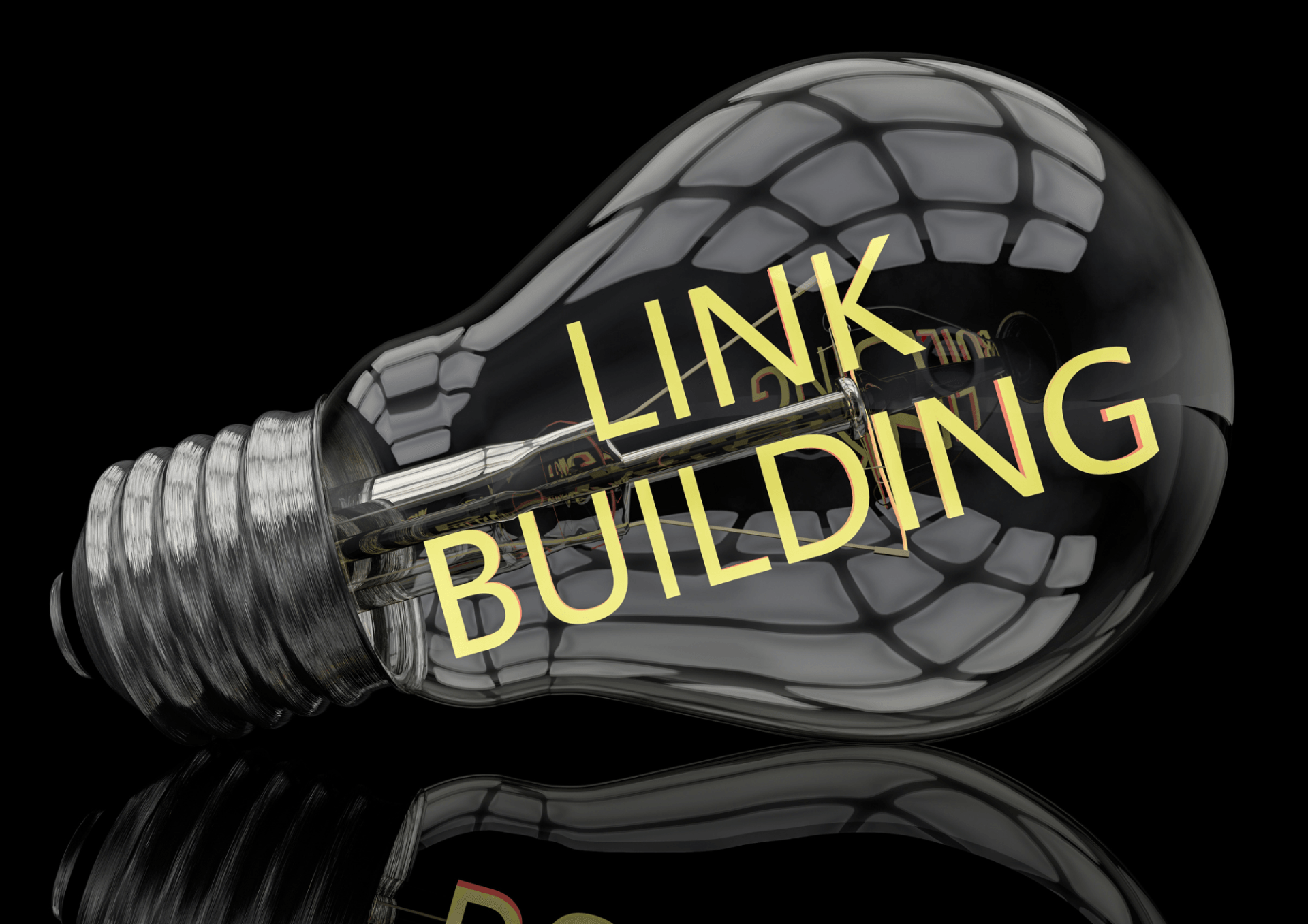
valuable links rank higher on google
Googles' search engine use links as a sign of relevance. Links are like votes for your site.
The Google search engine has always given more weight to links. Links have been a part of the algorithm since its inception, and they still play a significant role in how search results are ranked.
Not all links are created equal, however. Links from high-quality sites that are related to your topic can make a big difference in how well your site ranks on Google.
To understand what makes a link valuable, you need to first look at the different types of links:
1. Internal links: These are links that come to your site. These are the most important because they tell Google and other search engines that people find your content valuable.
2. External links: These are links you include on your site, usually in a blog post or article. They link to another site or page, allowing readers to find more information about a topic or find more relevant content on your own website.
3. No-follow links: These are links that tell search engines not to trust them as much as other types of links. Search engines will still count them as votes for your site, but they won't give you any SEO boost because they don't pass authority onto you.
4. Anchor text links: These are links that have the text of your anchor text in the link. For example, if you have a link to your website that says, "Click here," then the anchor text is "Click here."
5. Natural backlinks: These are links that appear on other websites naturally, often automatically generated by Google. They're not actively sought out and added to a page by someone—they just happen to be there as part of normal web content creation.
Natural backlinks can include:
- A blog post where someone mentions you in their post or comments on it.
- A forum post where someone mentions you in their post or comments on it.
- A Wikipedia article about your company or product that links to your site.
Getting quality links doesn’t mean stuffing your website full of low-quality filler content in the hopes that someone will link back to it (although this may help some). Instead, focus on creating high-quality content that people will want to reference or quote in their own blog posts.
When you write something like this, then other bloggers and websites are more likely to link back to your website or blog post.

HAVE A GOOGLE BUSINESS PROFILE
Why you should have a Google Business Profile:
- Google Business Profiles are free, easy to set up, and can help you connect with people who search for your business online.
- These profiles provide enhanced listings on Google Maps and Search.
- They also give users more information about businesses within the local area including your address, phone number(s), website URL, opening hours, and more.
- Photos of your office or workplace.
- Links to other sites where people can visit you (like Yelp or TripAdvisor).
Your Google My Business profile is the first thing that customers see when they search for your business. It's important to fill out all of the details and make sure it's up-to-date so that you can attract more customers and get more sales.
A Google Business Profile has a lot of different components: an address, phone number(s), website URL, opening hours, photos of your business, and reviews from past customers—and these are just some of them!
If you don't have a lot of information available on each one yet, don't worry! You can update your Google My Business profile as much as you want and the changes will be reflected in all of the Google searches that are done for your business.
The more complete your Google Business Profile is, the easier it will be for people to find you online. This will also help your business stand out from competitors who may not have as much information available.
The Google My Business profile is also a great place to showcase your business’s social media profiles. If you have active accounts on Facebook, Twitter, Pinterest, or Instagram, click on the appropriate icon and enter your username so that people can follow you. You should also create a link to your website or an online store if you have one!

ADD RELEVANT PHOTOS & VIDEos
This is an excellent way to increase the quality of your website and Google loves them! You can use them on your homepage, product pages/information pages, or blog posts.
Videos are great for showing potential customers how to use a product or service, whereas photos are great for showcasing products more visually.
Google loves content, and images are the perfect way to add more relevant content to your website. Not only do they give visitors an idea of what your site is about, but they also help boost your Google ranking.
And when you think about it, video tends to be even better than photos because it's more engaging and provides more information.
- Use Relevant Images. Make sure that every image on your site is related in some way or another to the content of the page where it's located (e.g., don't use a picture of bananas on a page about apples). Also, try not to use too many pictures (they can slow down loading times) or too few (it looks unprofessional). In addition, make sure all of them are high quality; low-res photos will look bad on any computer screen (including mobile devices), no matter how big their resolution is!
- Use Relevant Videos. Videos are another great way to increase user engagement. They help you tell stories and show what something looks like in action, which can make your site more interesting and easier to understand. Make sure that the video you choose is relevant to what it's located on (for example, don't put a video about cars on a page about trains). Also, try not to use too many videos (they can slow down loading times) or too few (it looks unprofessional). In addition, make sure all of them are high quality; low-res videos get blurry, which makes them look unprofessional and can distract from the content being presented.

USE META DESCRIPTIONS
Meta descriptions are short snippets of text that appear below your website’s content in search results. They aren’t as important as they once were, but they can still help you stand out from other businesses in the same industry.
The best way to create a meta description is by using the first sentence or two from each page of your website and putting them together into one concise paragraph. This should be a good summary of what your business does and why it matters to customers!
Meta descriptions should be written for humans, not for search engines. The best meta descriptions tell users what they can expect to find on that page without reading further.
Meta descriptions should be no longer than 150 characters (including spaces) and should be relevant to both users and search engines alike.
They should also include strong keywords from within your content on the page you’re describing to help get users interested in clicking through and reading more about what you have to say about the page topic.

MAKE YOUR SITE OPTIMIZED FOR MOBILE
If your website is not optimized for mobile, you’re missing out on a lot of traffic. Google, in particular, has been pushing hard to make sure that content is mobile-friendly.
Here are some things to look out for:
- Make sure the website is easy to navigate—using clear headers, menus, and buttons to keep users on the same page throughout their visit.
- The text should be readable on any device (not just phones). This includes contrast between text and background colors as well as font size.
- Doesn’t take too long to load—this means optimizing images and eliminating unnecessary scripts from pages that aren’t necessary for the actual content of the page.
- If you have videos, make sure they’re optimized for mobile as well.
- Make sure any calls-to-action or links are easy to tap on mobile devices.
- Optimize for voice search, which is becoming more and more popular every day.
- If you have an eCommerce site, make sure it’s optimized for mobile shopping.
- If you have a blog, make sure the written content is easy to read on small screens.
If you want to improve the Google ranking of your website, you need to make sure that it is optimized for mobile. The majority of internet users now access the web through their smartphones or tablet devices.

MAKE YOUR SITE OPTIMIZED FOR SPEED
Optimizing for speed is a crucial aspect of SEO and one that many people don’t think about. When Google crawls your website, it wants to do so promptly. If your site takes too long to load or has any other issues that may cause problems during the crawl process, Google will penalize you accordingly.
To avoid this, make sure your website loads quickly and that no unnecessary redirects or third-party scripts are slowing down the loading process.
You can also use a CDN (or content delivery network) to deliver static resources like images faster.
Your site should load quickly and responsively across all devices. Google has made it clear that they consider the speed of a website to be an important factor in determining its ranking on search engines, so make sure your site loads quickly and responsively across all devices.
You can optimize for speed by ensuring that:
- Your site is built with a fast, responsive framework and optimized for mobile devices.
- You have a fast, reliable hosting provider.
- Your content is optimized for the web (not just HTML).
- Your server is configured properly to handle the amount of traffic it receives.
- Use a content delivery network (CDN) to reduce the load time on your website and make it faster, especially if you have a lot of images and videos on it.

PRACTICE ON-PAGE OPTIMIZATION
On-Page Optimization is one of the most important factors in how Google ranks your site.
The first step to optimizing your site is to make sure that you're using keywords in the title, heading tags, and body text. This will give Google an idea of what content you are providing on your page.
- Use keywords in the title.
- Use keywords in the meta description.
- Use keywords in the URL.
- Use H1, H2, and H3 tags: Headings help organize a page and tell users what they can expect from each section of a page. Not only do headings help with user experience but they also play an important role in SEO because Google uses them as signals for what content might be important or valuable for users searching for certain topics or phrases within those pages. So make sure you use the appropriate number of Heading 1s (H1), Heading 2s (H2), etc., depending on how much information is contained within each section - don't just go overboard with tons of H1s though!
- Use alt tags for images: Alt attributes are used by screen readers to describe images when someone enters a website through text-only mode (for example using Lynx). The alt attribute should include descriptive words about whatever image it represents whether it's an image file name like logo-small01_0_0_0_.png or something more complex such as "The logo shows our company name".
- Don't use too many different fonts, colors, and styles—this can make it harder for people to read your content. Use headings and subheadings to break up large blocks of text so readers can scan the page more easily (but don't overdo it).
- Make sure all links are working and that there aren't any spelling errors or broken images on your website.

START A BLOG POST
Blog posts are an important part of your online presence. You should be blogging regularly and posting regularly to social media.
Blogging is a great way to keep people coming back to your website or blog, and it also helps generate more traffic from search engines like Google.
Blog posts are a great way to add content to your website. They should be informative, entertaining, and engaging. The writing style of blog posts should be conversational, and easy to read.
Blog posts should have a balanced structure with headings and subheadings, images on the page and links in the text for readers who want more information about what you're discussing.
Here are six tips for improving your blog strategy:
- Blog posts should be original content that adds value for users and does not duplicate existing content elsewhere on the Internet.
- It's also important that you write for humans, not just search engines (aka "SEO"). By creating original content that answers questions or solves problems for readers, you'll make them more likely to share your work with friends, colleagues, etc., which can help get more people interested in what you have to say!
- Make sure each new post has a unique URL; this allows search engines like Google access to what makes up unique content so it can better understand what makes up value-added material versus just regurgitating existing material already available elsewhere online."
- Create different types of images for each blog post (this will make it easier for the reader who wants to share an image that is relevant to what they have just read). A good example is to create a collage of the images you used in your blog post, as well as any related ones that might be relevant. This can help people see at a glance what the topic is about and how it may relate to them.
- Make sure each image has an alt tag so that search engines can index each image properly and make it more likely that your work will be shared with friends, colleagues, etc., which can help get more people interested in what you have to say!
- Social sharing buttons are a great way to get more people to share your content. The more people who share your content, the better your ranking will be. You can use buttons from social media platforms like Facebook, Twitter, LinkedIn, and other social media platforms.

ADD SOCIAL SHARING BUTTONS
Social sharing buttons can help you get more traffic, backlinks, and shares. They are also good for SEO because they increase the number of people who see your content and that can lead to more links being built to your website.
The more people who share your content, the better your ranking will be. You can use buttons from social media platforms like Facebook, Twitter, and LinkedIn.
If you have an eCommerce website most online shoppers use one or more forms of social share buttons which could mean free promotions for your online store or more readers to your blog both of which greatly improve your website's google ranking.
Since most people are getting their information from social media these days, you want to make sure that what you're posting is easy to share. All this means is creating compelling content and then making sure that it looks good both in thumbnail size and full-size mode so that people will want to share it with their friends.
So here’s how you should go about creating social sharing buttons:
- Add social media share buttons on your website.
- Create an account on the social media platforms where you want to have sharing buttons. Once you have an account, add a link back to your website on each platform. This will let people share your content with their friends and followers.
- The buttons you use should match the style of your website and be placed in a prominent location. Your social sharing buttons should have a clear call to action so that people know what they're clicking on when they click on the button.

PROMOTE CONTENT READABILITY
Here are some simple steps:
- Short Sentences.
- Shorter Paragraphs.
- Bullet Points.
- Lists of Items or Benefits.
- Numbers (1, 2, 3) to Convey Importance.
- Links to Other Websites or Pages on Your Site.
- White Space Between Lines and Paragraphs to Promote Readability and Flow of Content Through the Page. For example: If a reader is distracted by too much text on one page it's a good idea to break up the content into multiple pages so that readers can easily find what they are looking for.
- Use subheadings for each section of your article so that people can quickly scan through what's important to them without having to read everything first.
FINAL THOUGHTS
You’ve made it to the end of my article. Now you should have a better idea of how to improve your website’s Google ranking. I hope that you found some useful tips in this post or at least learned something new!
When it comes to optimizing your website and improving your reach on Google, many factors come into play.
The fact is that you may never be able to control everything about your ranking, but you can take steps to ensure that you’re doing all you can to get the best possible results for your business.
This is important because if your company isn’t in the top three spots for searches related to your industry, chances are someone else will fill that void.
The Google search engine results page (SERP) is a highly competitive space – and it is always changing.
You know this already, which is why it is essential to have a qualified SEO company or agency working on the promotion of your website. That way, there are set processes in place that help develop steady traffic and an improved rank over time.
If you are ready for a website that ranks high on google search, let us help! Contact Us and we can get you set up with a customized, Google-friendly website perfect for your business needs in no time at all.
If you want to learn more about SEO, check out our other articles on the topic:
Don't forget to share this post!
RECENT talking points
by Arthur Barnes
